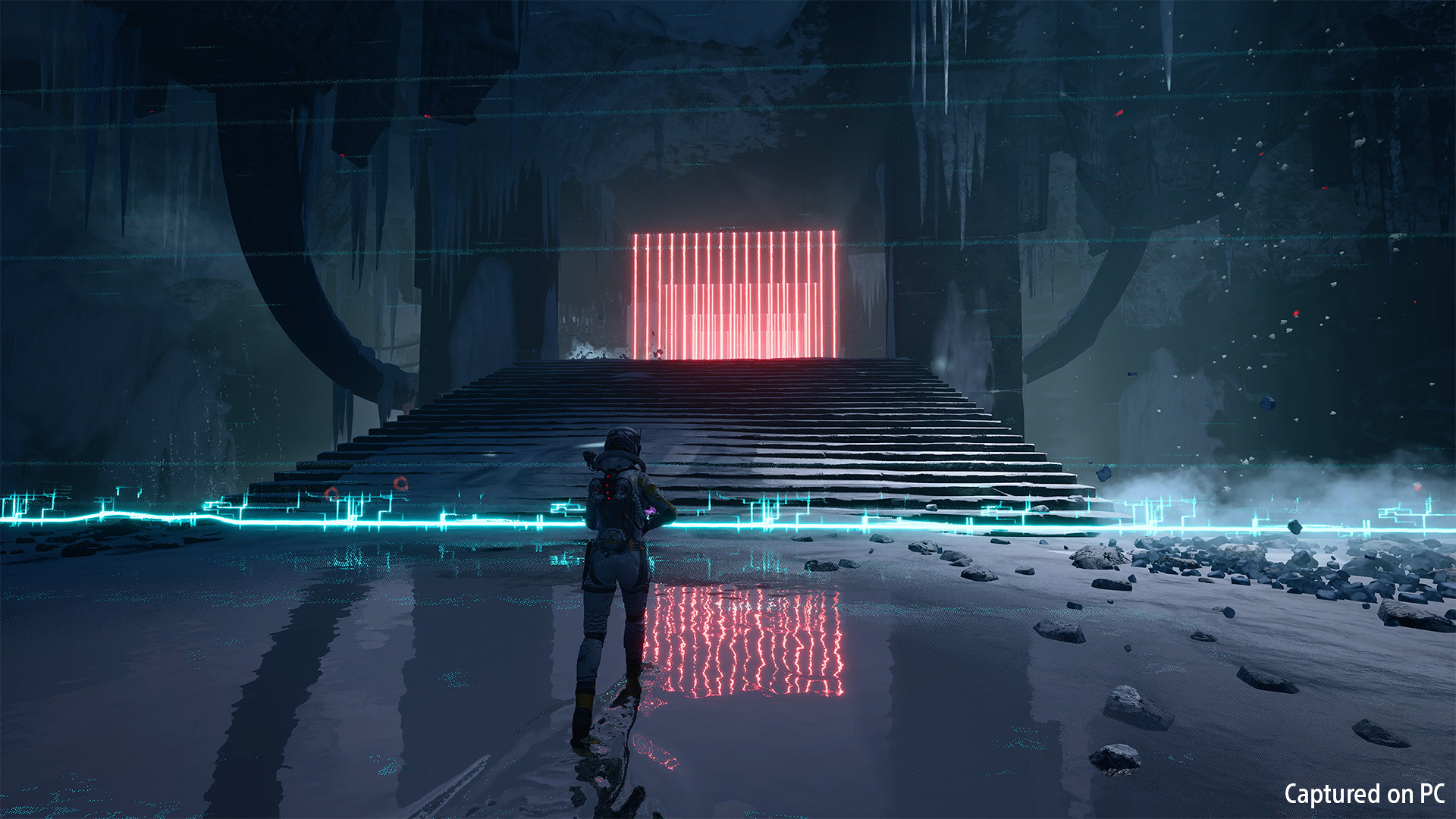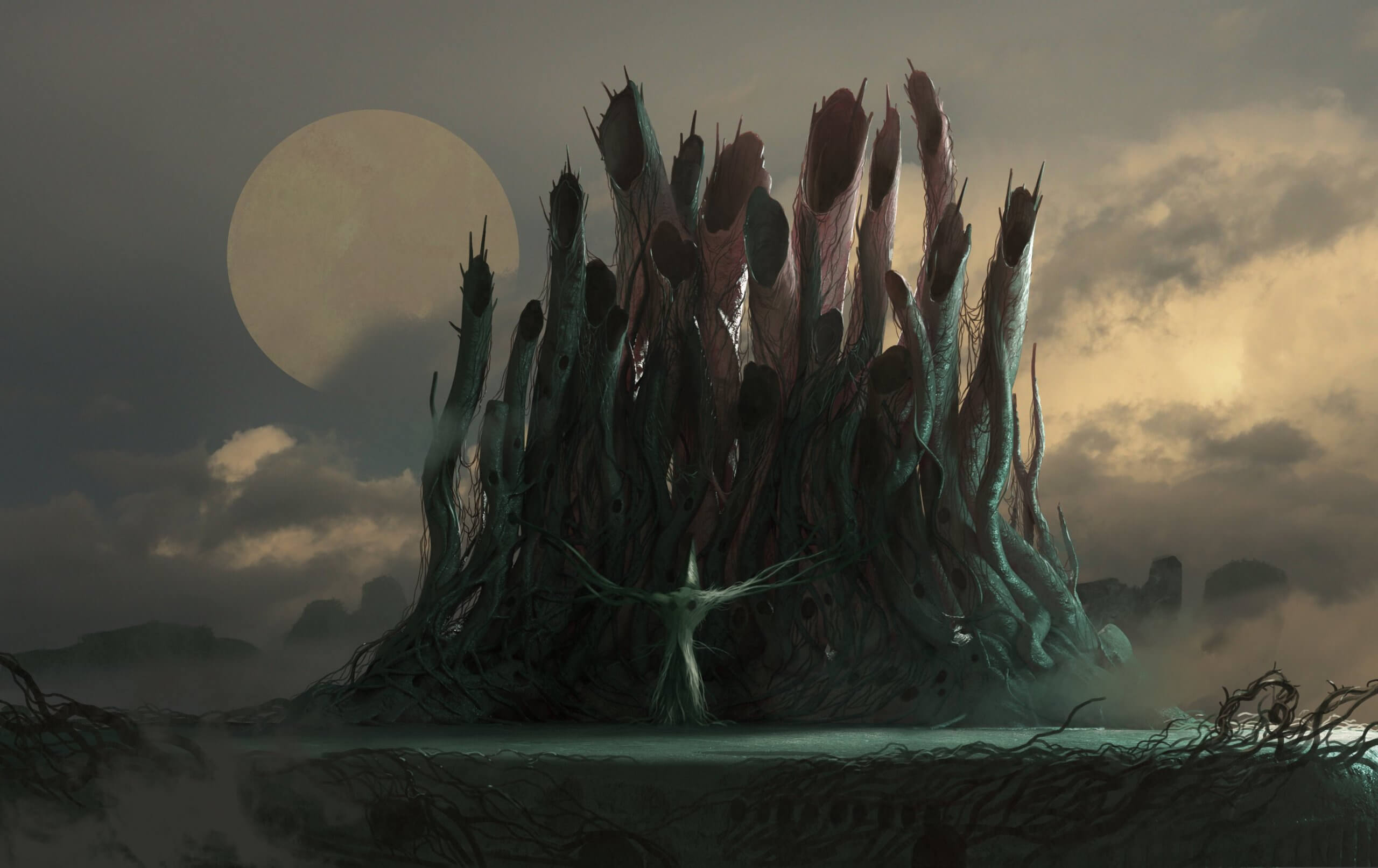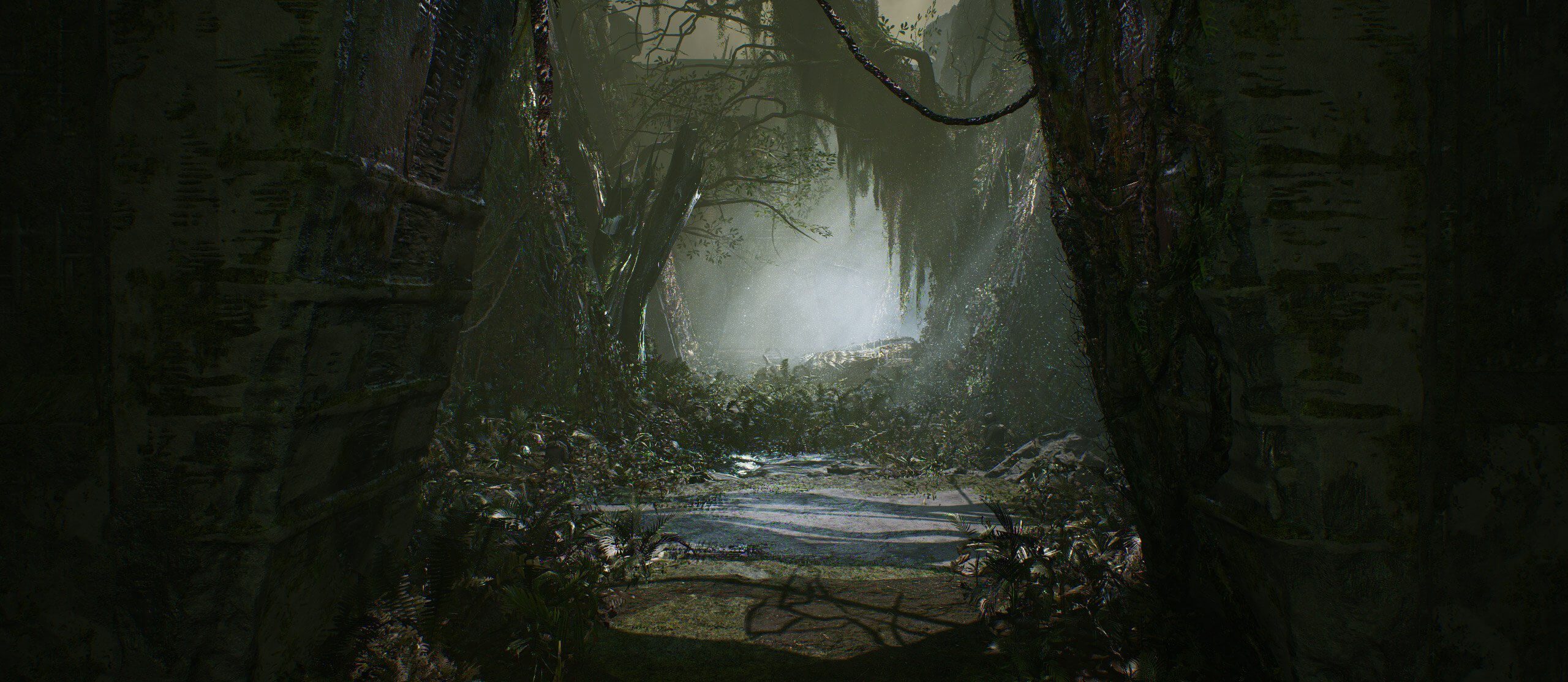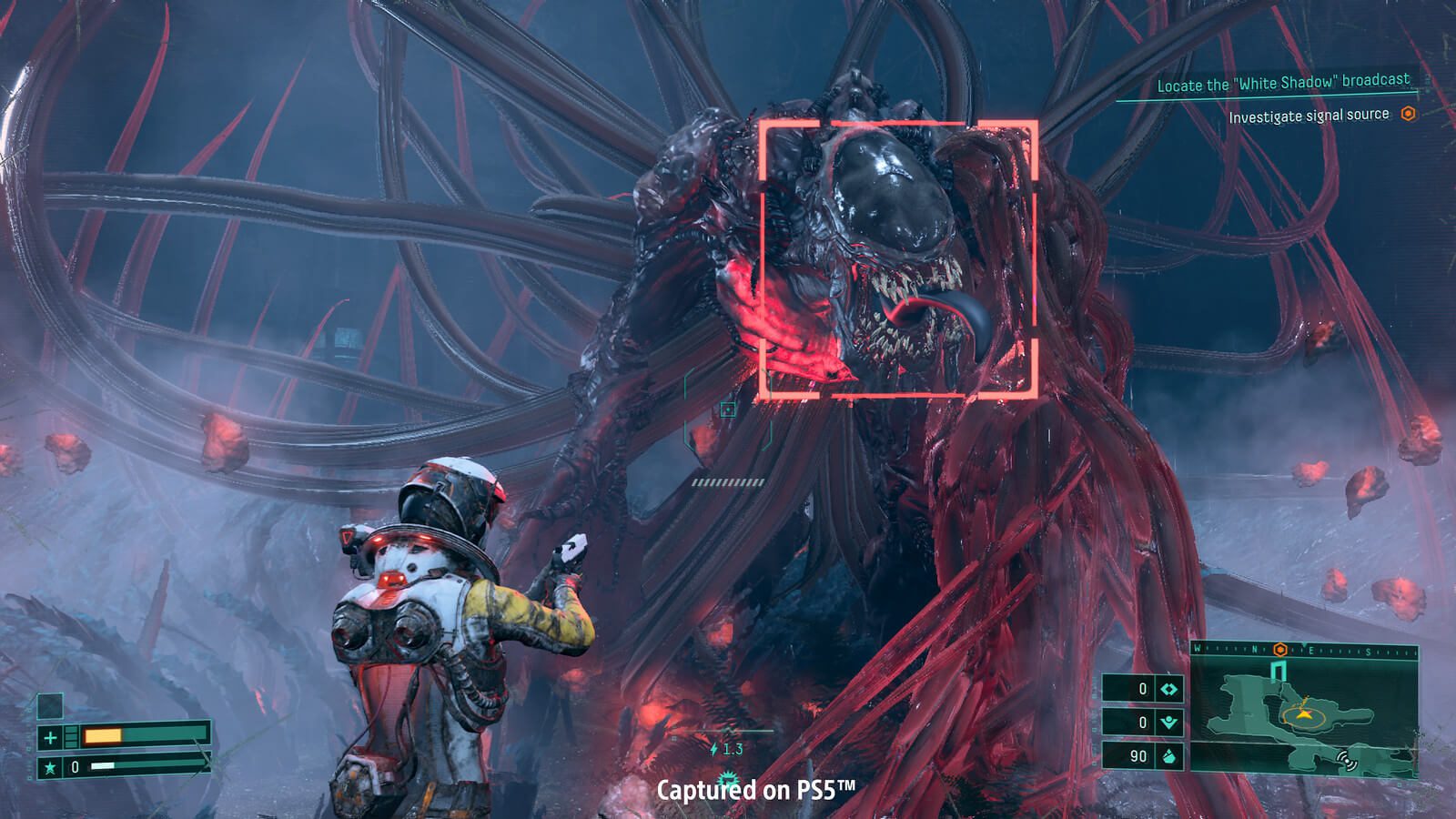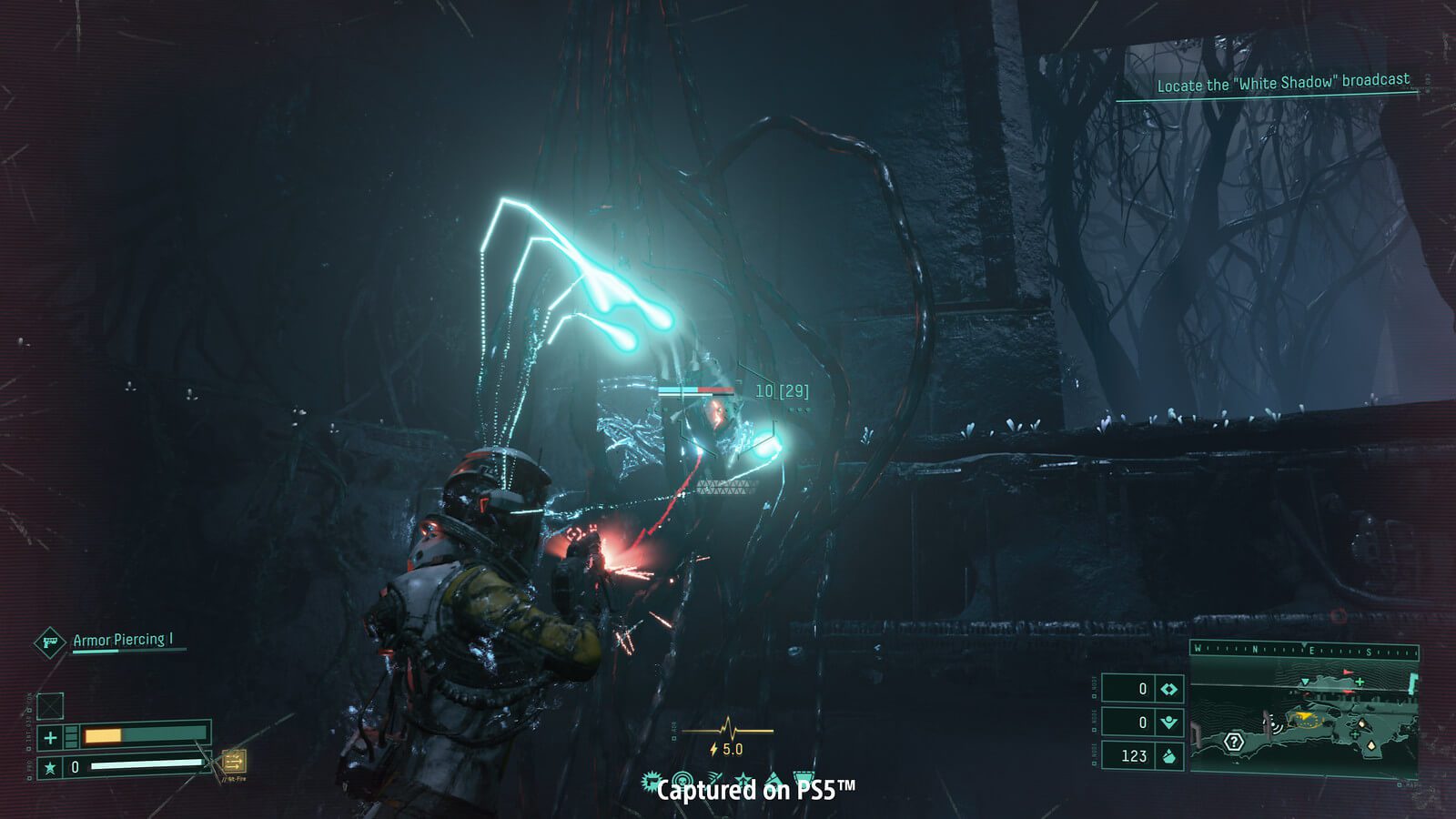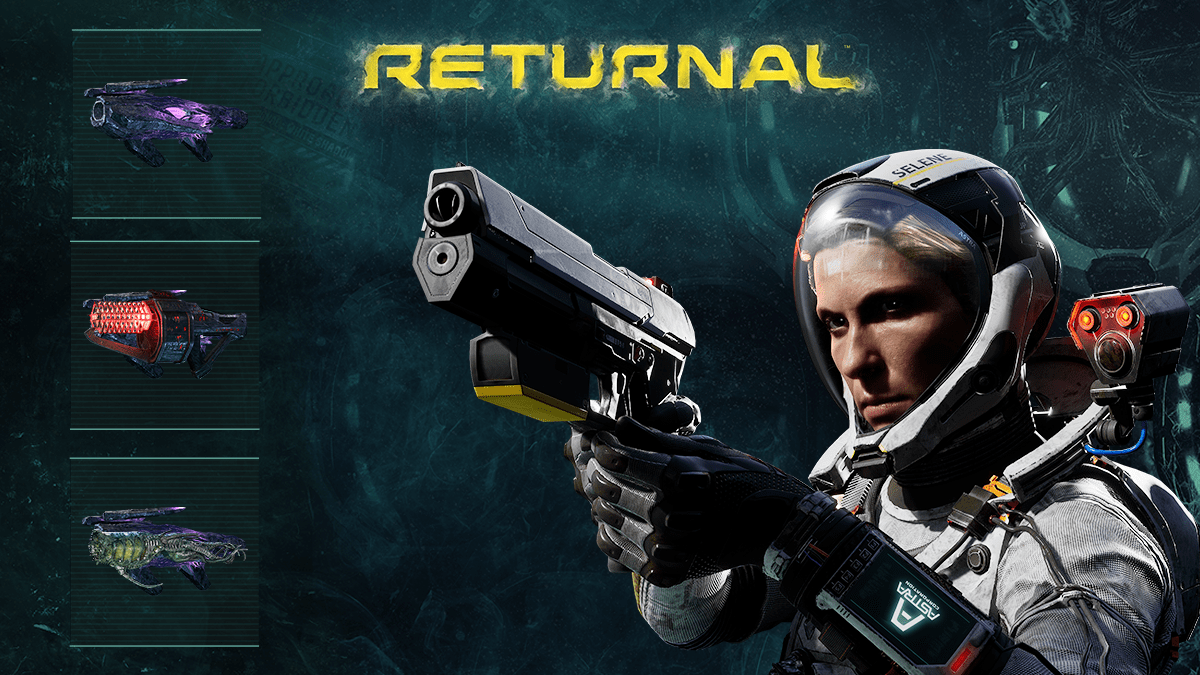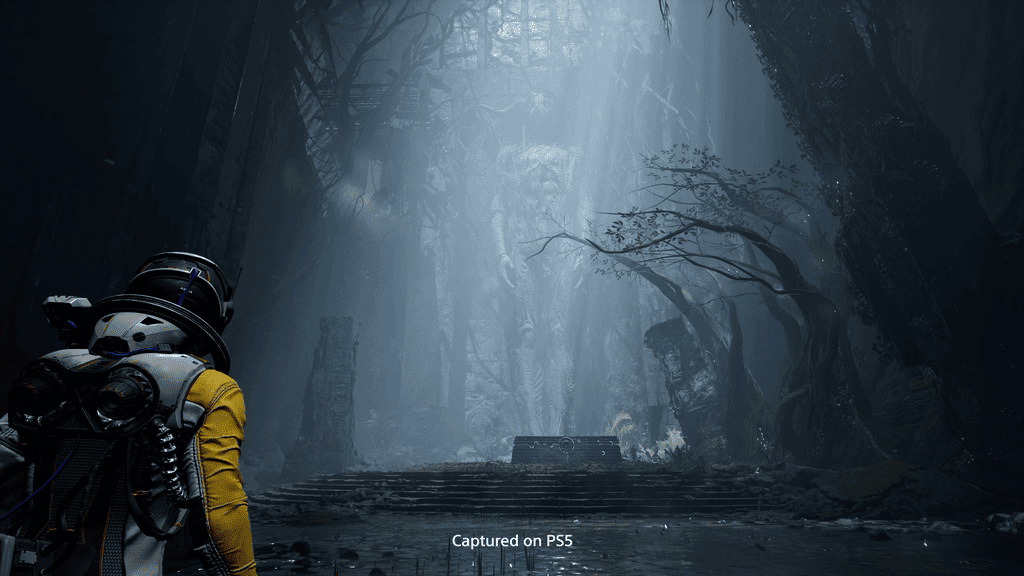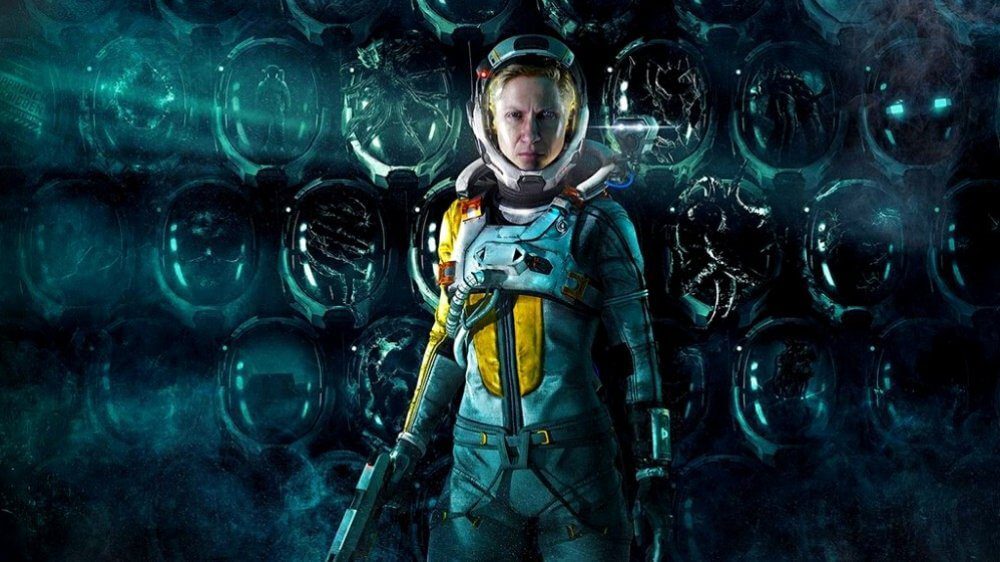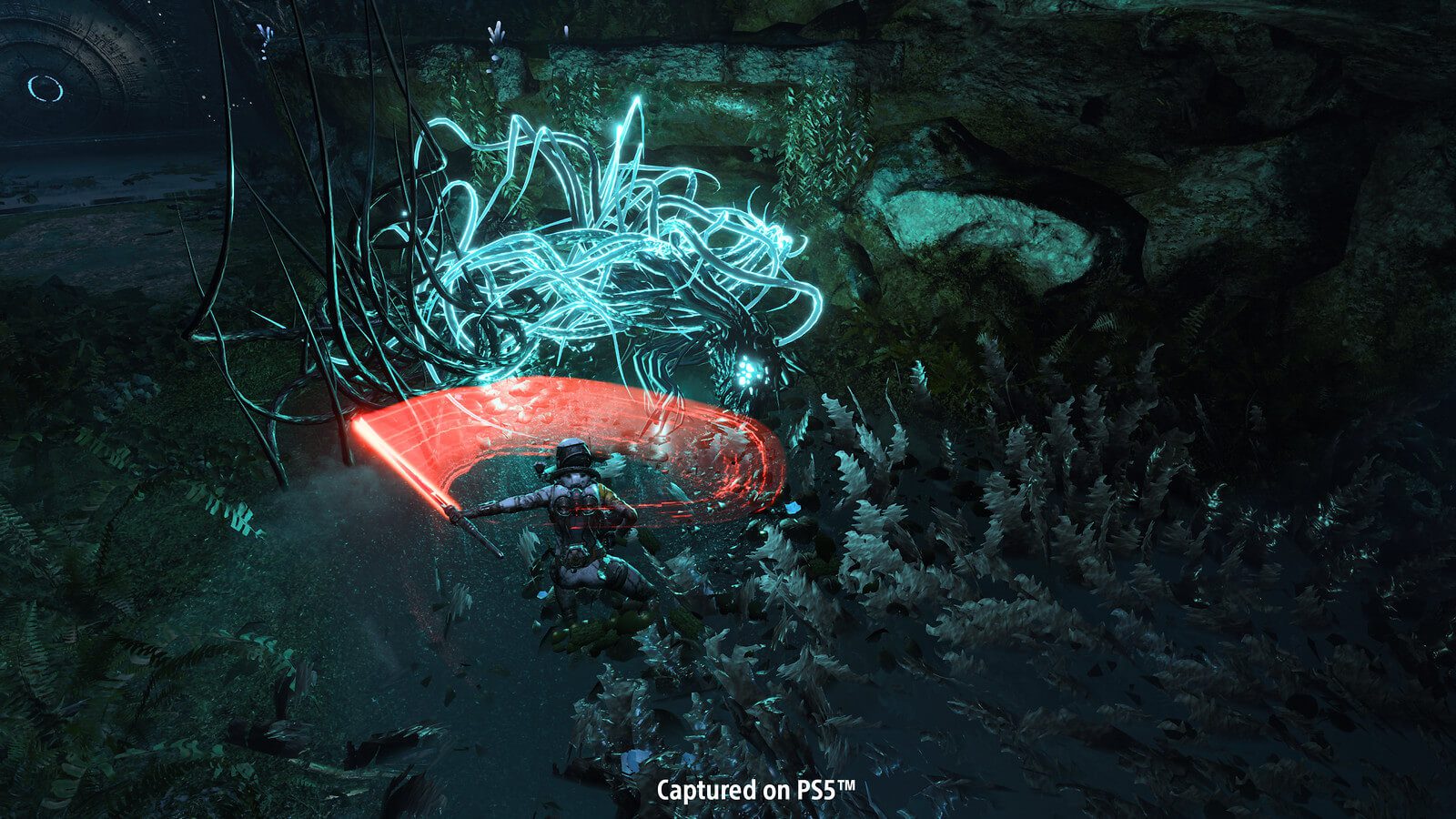Schlagwort: housemarque
-

Wir präsentieren SAROS: Das nächste Spiel von Housemarque, das 2026 erscheinen wird
Reading Time: 3 minutesWir sind sehr stolz darauf, heute ankündigen zu können, dass SAROS 2026 für PlayStation 5 erscheinen und für PlayStation 5 Pro verbessert wird. SAROS ist die ultimative Weiterentwicklung des „Gameplay first“-Ideals, für das Housemarque bekannt ist. Seht euch hier unseren Ankündigungstrailer an, um zu erfahren, was euch als Nächstes erwartet. Video abspielen…
-

Returnal erscheint für PC am 15. Februar
Reading Time: 3 minutesDas neue Jahr ist da und wir kommen der Veröffentlichung von Returnal für PC immer näher – wir freuen uns darüber, bekanntgeben zu können, dass PC-Spieler Selene ab dem 15. Februar auf Atropos begleiten können! Video abspielen Bisher wurden noch nicht viele Details veröffentlicht zu spezifischen Features, die das Spielerlebnis und die…
-

The History of Housemarque – from the Finnish Demoscene to PlayStation Studios
Reading Time: 9 minutesSelene’s looping adventure evolved with new gameplay modes when the Returnal Ascension DLC launched last week. The team at Housemarque is thrilled to create new ways for fans to play the challenging-yet-rewarding, arcade-inspired shooter on PS5. In fact, iterating on satisfying gameplay is deeply ingrained in the studio’s culture, starting back in…
-

Die Geschichte von Housemarque – von der finnischen Demoszene zu PlayStation Studios
Reading Time: 9 minutesSelenes ewig von vorn beginnendes Abenteuer wurde mit dem DLC „Returnal: Ascension“, der letzte Woche veröffentlicht wurde, um neue Gameplay-Modi erweitert. Wir von Housemarque lieben es, den Fans des anspruchsvollen und fesselnden, von Arcade-Spielen inspirierten Shooters für die PS5 immer neue Wege zu bieten, das Spiel zu erleben. Tatsächlich arbeiten wir schon…
-

Returnal: Ascension launches today, brings campaign co-op and endless challenge mode
Reading Time: 5 minutesWhen we talked about adding online co-op to Returnal at Housemarque, the biggest question we had was: how can we support co-op play in an experience that’s intentionally surreal, isolating, and finely-balanced to challenge a single player’s ability to survive? The Chronosis It starts just with setting the mood: how do we…
-

Returnal: Ascension startet heute mit Kampagnen-Koop und mehr
Reading Time: 4 minutesAls wir bei Housemarque rätselten, wie wir Returnal um einen Online-Koop-Modus erweitern können, drängte sich eine Frage in den Vordergrund: Wie realisieren wir Koop-Gameplay in einem Gaming-Erlebnis, das absichtlich surreal, isolierend und darauf abgestimmt ist, die Überlebensfähigkeiten eines einzelnen Spielers auf die Probe zu stellen? Die Chronosis Alles beginnt mit Setting und…
-

Returnal 2.0 update brings Suspend Cycle and Photo Mode
Reading Time: 3 minutesHello everyone! Over the last few months, we have been having a great time seeing you play Returnal and learning about your experiences, and hearing all the great stories of how players are overcoming the myriad challenges of Atropos. It’s had a fantastic reception, and we are truly pleased and grateful to…
-

Im Update 2.0 von Returnal erwarten euch „Zyklus aussetzen“ und der Fotomodus
Reading Time: 3 minutesHallo, Leute! In den letzten Monaten haben wir mit viel Freude zugesehen, wie ihr Returnal gespielt habt, und uns eure Geschichten darüber angehört, wie eure Spielerfahrungen aussahen und wie ihr als Spieler die zahlreichen Herausforderungen von Atropos bewältigt habt. Das Feedback war wirklich toll und wir sind unglaublich froh und dankbar, dass…
-

From Resogun to Returnal: the evolving VFX magic that brought Atropos to life
Reading Time: 8 minutesBesides captivating gameplay, Housemarque is known for over the top particle effects. Titles such as Resogun, Alienation, Matterfall and Nex Machina all used proprietary VFX technology to bring colorful explosions to the screen in order to reward players for destroying enemies or completing levels. In Returnal, Housemarque switched from top down to…
-

Welcoming Housemarque to the PlayStation Studios family
Reading Time: 2 minutesToday I’m thrilled to welcome a new member to the PlayStation Studios family! I have been a fan of Housemarque since the studio’s early days when they introduced Super Stardust HD to PlayStation fans. Housemarque’s recent release of Returnal proves the studio is one with incredible vision, capable of creating memorable new games that…
-

Wir heißen Housemarque in der PlayStation Studios-Familie willkommen
Reading Time: 2 minutesHeute freue ich mich, ein neues Mitglied in der PlayStation Studios-Familie begrüßen zu dürfen! Ich bin ein Fan von Housemarque seit den Anfangstagen des Studios, als sie den PlayStation-Fans Super Stardust HD vorstellten. Die jüngste Veröffentlichung von Returnal durch Housemarque beweist, dass das Studio eine unglaubliche Vision hat und in der Lage…
-

Returnal: the making of that unforgettable Hyperion fight
Reading Time: 9 minutesHey everyone, we’ve been very happy to see Returnal resonating so strongly with players, and this time we wanted to do a deep dive into one of our Bosses. In general, Boss battles have always been an essential test of skill for players in action games, and of course they’ve been a…
-

Returnal: Das Making-of des unvergesslichen Hyperion-Kampfes
Reading Time: 7 minutesHallo zusammen! Bosskämpfe sind seit jeher ein wichtiges Actionspiel-Element, um Spielerfähigkeiten auf den Prüfstand zu stellen, und darüber hinaus seit langem fester Bestandteil der Housemarque-Formel. Mit den Bosskämpfen in Returnal wollten wir erreichen, dass sie unseren Spielern im Gedächtnis haften bleiben. Bisher freuen wir uns über den Zuspruch, den unsere Bosse erhalten.…
-

Wie Housemarque in Returnal die immersiven Effekte des DualSense-Controllers nutzt
Reading Time: 5 minutesHallo zusammen! Wir von Housemarque hoffen, dass euch Returnal gefällt. Euer bisheriges Feedback ist super, und wir sind wirklich dankbar dafür. Deshalb an dieser Stelle erst einmal ein großes Dankeschön an euch vom gesamten Team. Mit Returnal wollten wir den DualSense Wireless-Controller einsetzen, um ein physisches Erlebnis des Fühlens, Kämpfens und Erkundens…
-

How Housemarque created Returnal’s immersive DualSense controller effects
Reading Time: 6 minutesHello everyone! We at Housemarque hope you are all enjoying Returnal. We’re so amazed by and grateful for the responses so far. I want to thank you on behalf of the entire team. In Returnal our goal was to use the DualSense wireless controller to provide a physical experience of feeling, fighting…
-

Unpacking Returnal’s UX design: Gameplay-first UI, retro-futuristic tech, and accessibility
Reading Time: 8 minutesMy name is Johannes Koski and I’m the UI/UX Director of Returnal here at Housemarque. My role in the project has been both taking part in the design and overseeing and supporting the work done by the team. I’ve had the privilege to work with a diverse multi-disciplinary group of amazing designers,…
-

Das Art Design von Returnal
Reading Time: 7 minutesIch bin Johannes Koski, UI/UX Director von Returnal bei Housemarque. Meine Aufgabe umfasst zum einen Designtätigkeiten und zum anderen die Betreuung und Unterstützung des Teams. Während des gesamten Projekts hatte ich das Glück, mit einer echt vielseitigen Gruppe aus großartigen Designern, Artists, Programmierern und Audiospezialisten zusammenarbeiten zu dürfen. Returnal ist ein Projekt,…
-

Das große Returnal Waffen-Voting
Reading Time: < 1 minuteReturnal hat es in sich! Die Kämpfe auf dem fremden Planeten sind ganz schön knackig. Wie gut, dass Selene eine ganze Reihe an Waffen (und Gadgets) im Laufe des Spiels finden kann, mit denen sie zahlreichen Gegnern das Fürchten lehrt. Womit kämpft ihr am liebsten? Die Welt von Returnal ist gefährlich.…
-

Returnal Review – Nur noch eine Runde!
Reading Time: 6 minutesEndlich ist es soweit: Mit dem PS5-exklusiven Returnal liefern die Entwickler des finnischen Studios Housemarque ein Sci-Fi-Abenteuer der Superlative ab, das euch garantiert sofort packen, aber nur schwer wieder loslassen wird. Bevor wir euch spoilerfrei mehr über den innovativen Weltraum-Thriller erzählen, schaut euch unbedingt das geniale Review-Video der Kollegen von Inside PlayStation…
-

Returnal-Gameplay: Entwicklerdetails und mehr in fast 30 Minuten Filmmaterial
Reading Time: 2 minutesAb heute betreten PlayStation 5-Spieler die gefährliche und mysteriöse Welt von Returnal. Ob verstörende Alienkreaturen oder gruselige Musik – Selenes Reise durch Atropos werdet ihr so bald nicht vergessen. Aber was genau hält dieses zyklische Abenteuer im Flow? Vielleicht habt ihr Trailer und andere Gameplay-Clips gesehen, die ein hektisches Abenteuer im Arcade-Stil…
-

Returnal gameplay: Dev details and more in nearly 30 minutes of new footage
Reading Time: 2 minutesIn less than 24 hours, PlayStation 5 players will be able to step into the hostile and mysterious world of Returnal. From unsettling alien creatures to haunting musical themes, Selene’s journey through Atropos is one you won’t soon forget. But what exactly is the flow to this cyclical adventure? You may have…
-

Returnal survival guide: Housemarque’s gameplay tips for Atropos
Reading Time: 9 minutesHello everyone! We’re finally closing in to the launch of Returnal, and we’re incredibly excited for everyone to finally experience our biggest and most ambitious title to date. Before we let you venture off onto the mysterious world of Returnal, our team here at Housemarque would like to share a final round…

